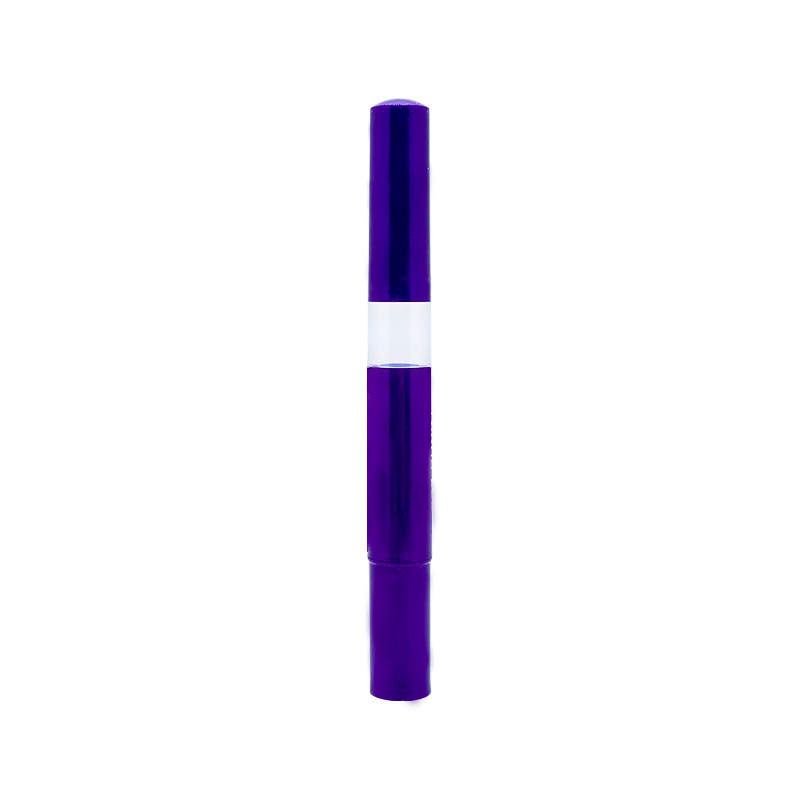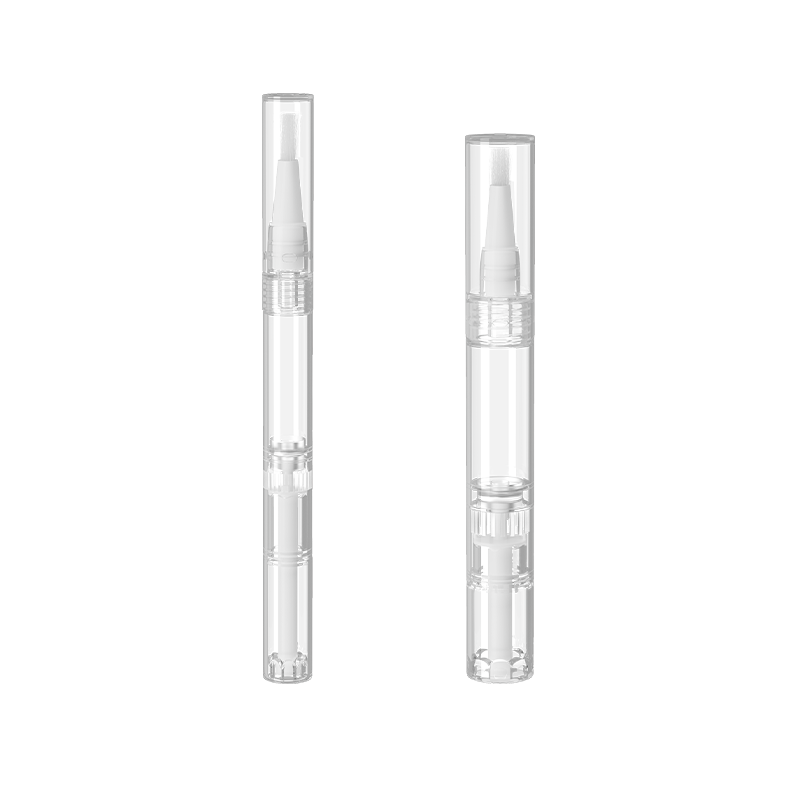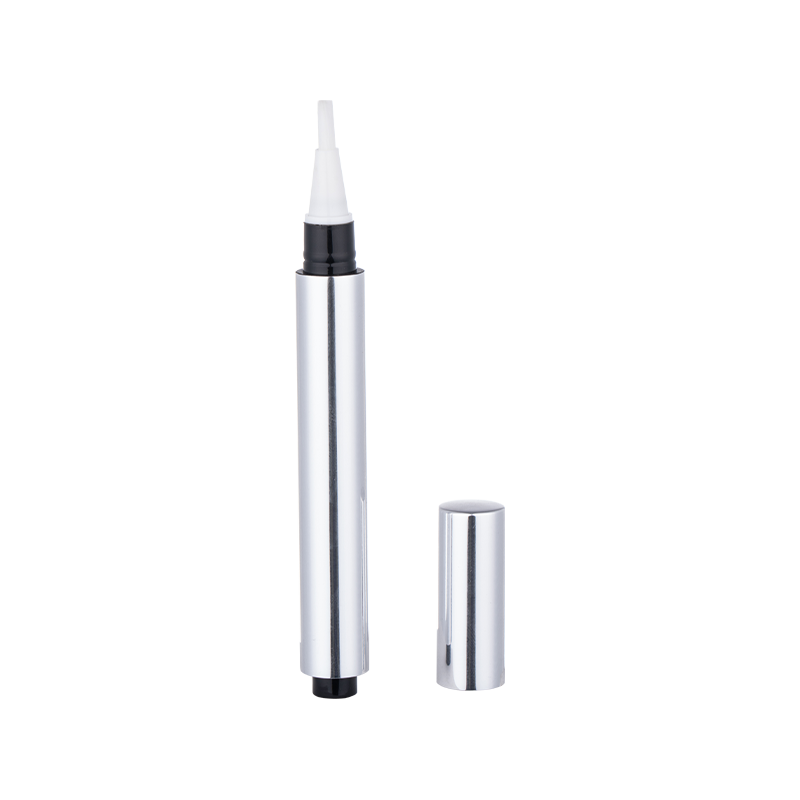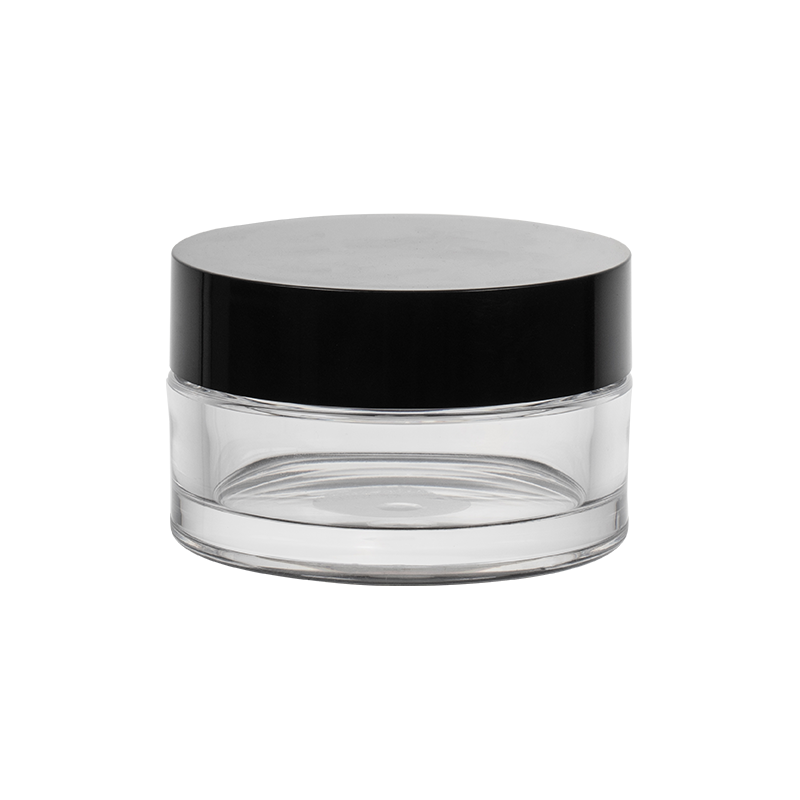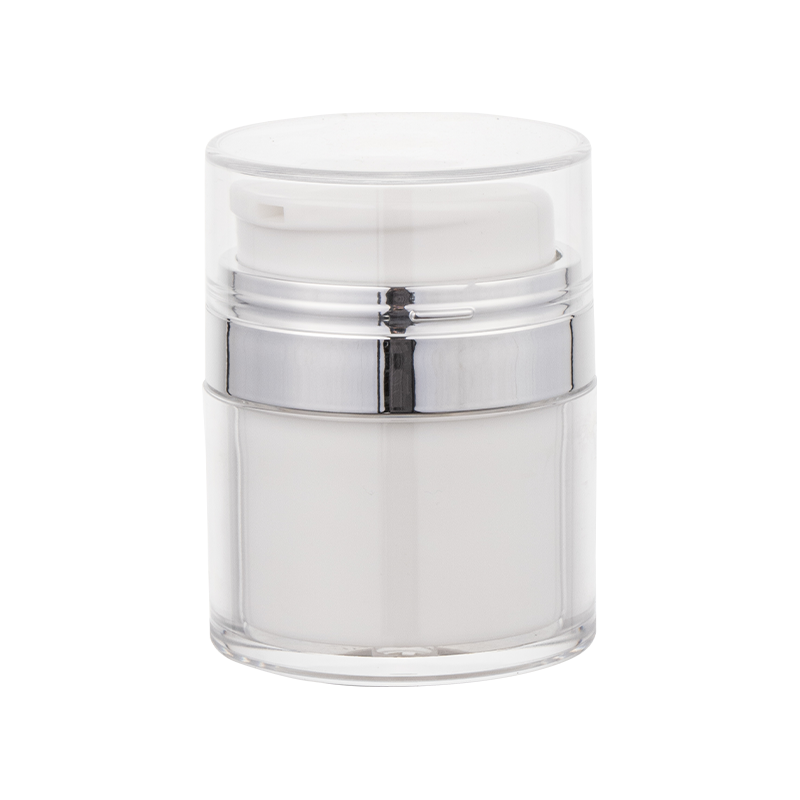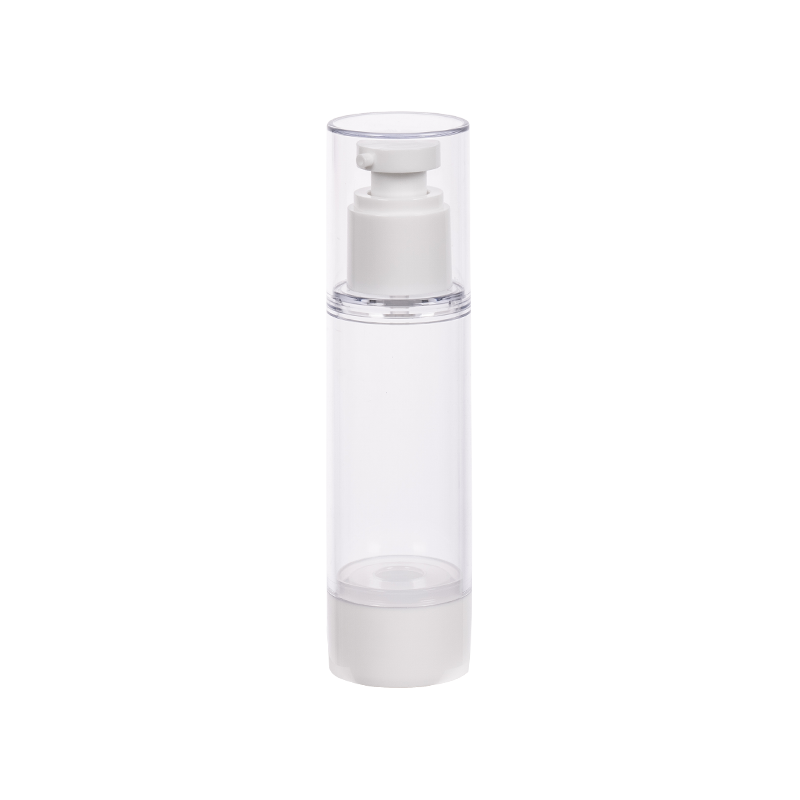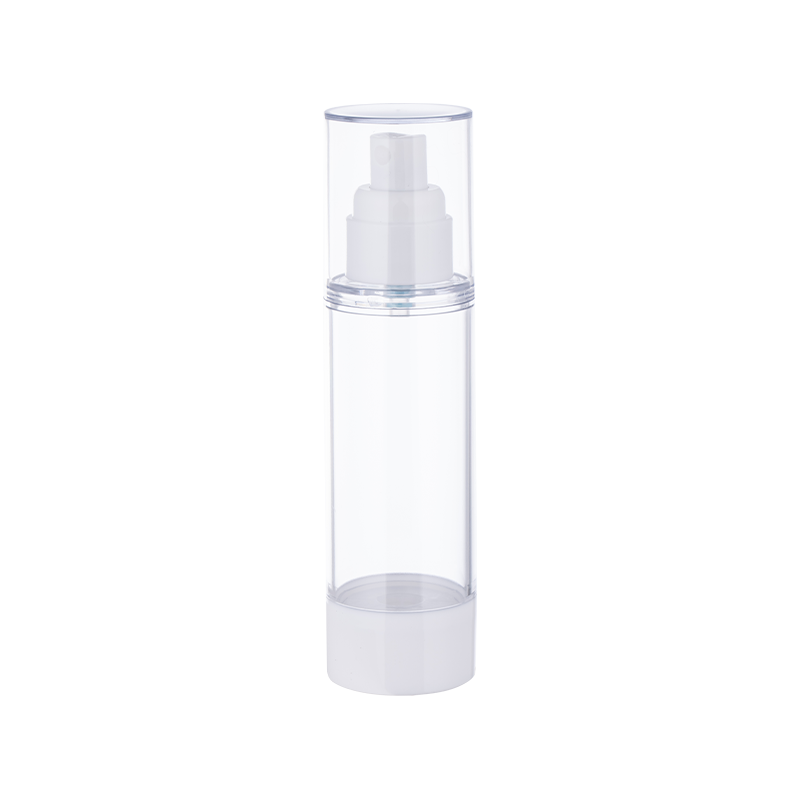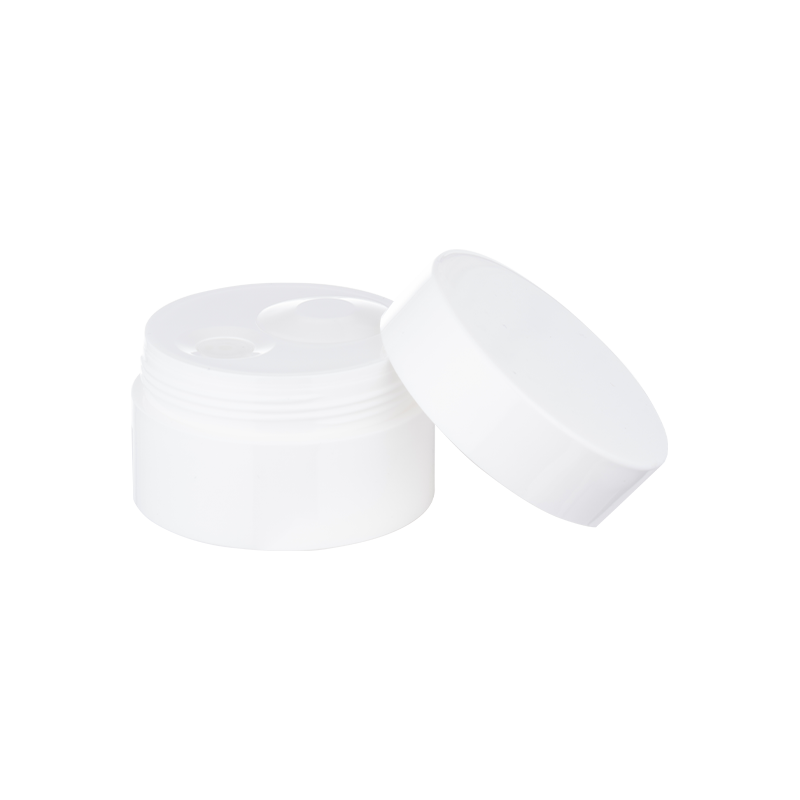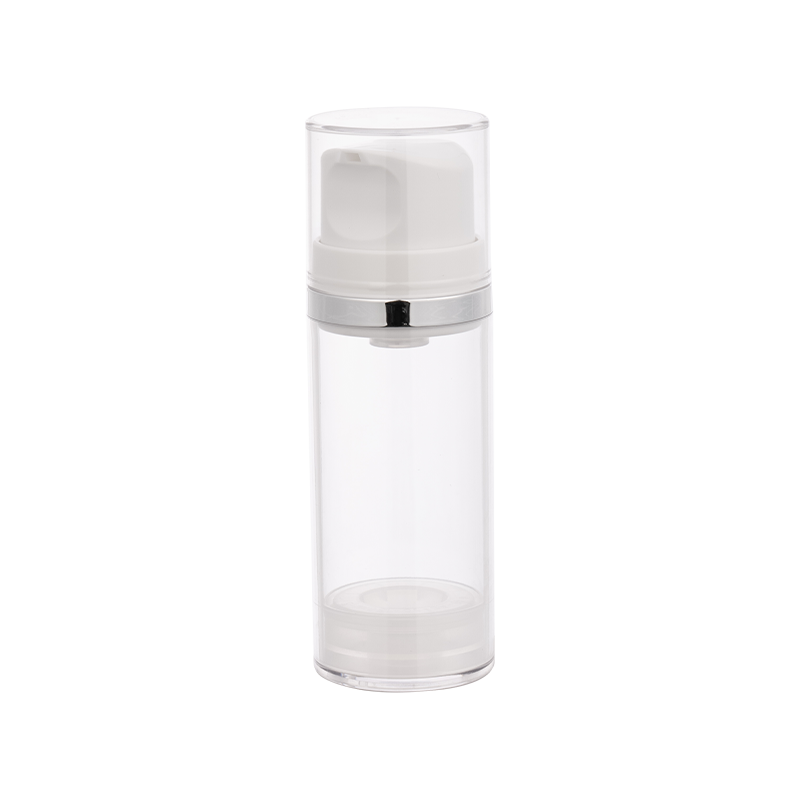What are the key steps and common issues in cosmetic packaging microbiological safety testing?
Oct 24, 2025
Key steps and common problems in microbiological safety testing of cosmetic packaging
1. Raw Material Testing
Microbial limit testing (e.g., total colony count and mold count) is performed on plastic granules and additives.
Ningbo Yiziman's ISO40001 system requires full supply chain monitoring to ensure that raw materials meet hygiene standards.
2. Production Process Monitoring
Environmental cleanliness testing (ISO14644-1 standard) is implemented in key processes such as injection molding, forming, and printing.
Common Issue: Improper humidity and temperature control in the workshop can lead to bacterial growth; this can be identified and corrected through WCA inspections.
3. Finished Product Sampling Inspection
Packaging samples are collected from each batch for microbial limit testing (e.g., E. coli and Staphylococcus aureus).
Common Issue: Unrepresentative sampling or substandard testing methods can lead to biased test results. Packaging and Product Compatibility Assessment
Inspect packaging materials to see if they cause microbial migration or release harmful substances after contact with cosmetics.
Prevent microbial growth on surfaces through quality control of surface treatment processes such as electroplating and spray coating.
What cost factors should be considered when selecting cosmetic packaging?
1. Material Cost
Fluctuations in the purchase price of plastic raw materials (PP, PET, HDPE, etc.) directly impact the unit price of packaging.
Ningbo Yiziman achieves material procurement cost advantages through large-scale production (monthly output of 3 million sets).
2. Process Cost
Surface treatments such as UV printing, heat transfer, hot stamping, and electroplating can significantly increase the unit price.
When using a combination of processes, the value-added effect and cost-benefit ratio of each process must be evaluated.
3. Mold and Development Costs
Customized packaging requires a one-time investment in mold design and manufacturing, and costs increase with structural complexity.
We offer rapid prototyping and small-batch trial production to help customers manage risks before full production.
4. Logistics and Storage Costs
Packaging volume and weight determine shipping costs; lightweight design can reduce logistics costs.
By optimizing packaging structure and optimizing stacking design, overall costs can be reduced while ensuring protection.


 English
English 中文简体
中文简体

